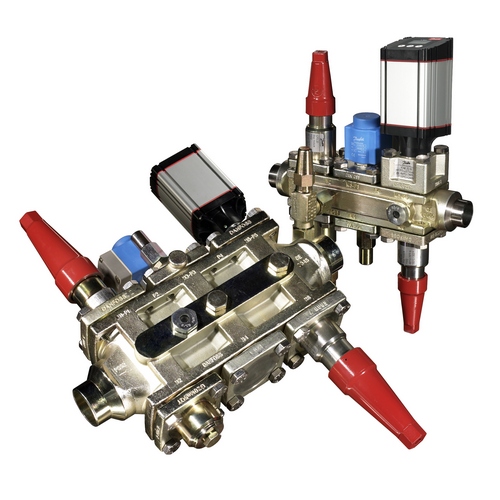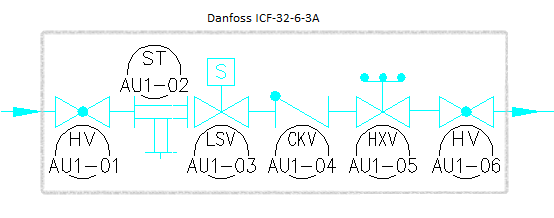I’ve been slow in my posts recently due to an incredibly hectic schedule in both my professional and personal life and for that I apologize. I’ll see what I can do to improve the post rate in 2015. Remember, there are usually more posts at GCAP’s ChemNEP site than here! Here’s a roundup of the last year:
In 2014, I continued to work as GCAP’s Director of Compliance Services teaching classes all over the country as well as performing PHA’s and compliance audits for those we have a training relationship with. While I was hard at work on the road, GCAP continued to improve back at the home office. The huge expansion is almost complete and the PSM facility – including a classroom specifically designed just for PSM – has been completed. I taught the first class there in December and it’s fantastic!
The GCAP staff continues to set the standard for training excellence. It’s an honor to work with the other instructors: Randy Williams, Jeremy Williams, Tyler Ramos, Anthony Verdugo, and Steve Rucker. You can’t forget the office staff either: Rachel, Dolly, Amber and Kristen – they keep us on schedule and make us look good with their behind-the-scenes preparation.
We’re adding new instructors in 2015 as well, so I am looking forward to working with the new talent. I can’t divulge any of those coming on board except one: A personal friend named Ethan. Ethan is an extremely bright and talented individual with the personality of a rock star. He’s going to make a great instructor and I look forward to seeing him develop into an auditor and consultant as well.
The PSM text book we wrote for GCAP’s PSM classes includes a PSM program template and both the book and the template have been continuously improved through 2014. The New Year will see a new version of the book and we’ve instituted a Google Drive for our PSM students so they always have the newest version of all the templates at their disposal. Many customers use the GCAP template as the basis for their PSM program and we get the benefit of their refinements to it. This year alone we added a Car-Seal program, and extensively modified the MOC and Incident Investigation elements due to customer input/feedback. The SOP template continues to improve as well due to field work. The continuous improvement aspect of our work continues to be the most important part of it!
In my personal life, it’s been busy as well. My first grandson was born adding to my three granddaughters. My son moved to Kansas and it’s good to see him regularly now. My consistent traveling partner, friend and colleague, Josh Latovich headed back into private industry at the end of the year. I’m sad to see him go – he’s one of the best PSM guys in the country – but I am also immensely proud of him and wish (and expect) nothing but the best for him in his new venture.
My wife Diane continues to keep things squared away on the home front. She’s still working in Retail Management, but I think the crazy hours are finally getting to her and she may actually slow down in 2015. Who am I kidding? She’s the most devoted workaholic I know! Thanks, Diane, for providing a sense of normalcy (as best as can be accomplished) under absurd circumstances. You always rise to the challenge!
Back in the professional realm, I logged 75,000 miles in air travel alone and was on the road a little over 250 days last year! That pretty much means a life of hotel rooms and restaurants. I’m not complaining, but it sure is nice to get home occasionally to see the wife, kids and grand-kids.
I am constantly asked why I do this to myself – travel constantly and spend so much time away from family and friends. Often I joke that it’s the “Rock-N-Roll” lifestyle of the PSM professional, but that’s really a deflection.
Here’s the real answer: To a large degree, my family and friends are the people I am on the road FOR.
True, I travel for work. But my work is also my passion. I get to work with some of the brightest, most decent, honest and sincere people in the business. When I get to a facility and see a student and get to see how they are applying the concepts we’ve taught them – that is the best reward I can imagine. When I can help people solve problems they’ve struggled with for years, that’s a great feeling. When I see a new way of dealing with a problem, and get to bring that solution to new people – well, you can’t do that sitting in the office! You see, these people in the industry are my family and friends too. They are what makes this all worth-while.
So, Thank YOU! So many of you continue to inspire and teach me as well: Dave, Chris, Pete, Alan, Thomas, James, Bryan and so many others. Keep up the good work – it’s a privilege to be part of your continuing success!
I don’t plan on slowing down in 2015. I hope to see you – either on the road or when I am teaching at GCAP’s new PSM facility!






